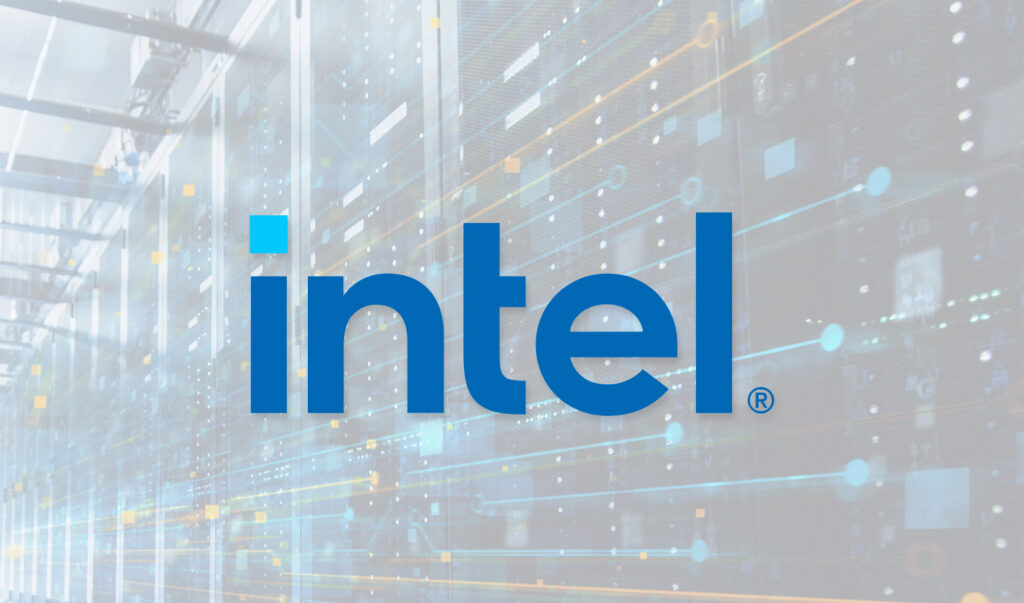ASIA ELECTRONICS INDUSTRYYOUR WINDOW TO SMART MANUFACTURING
Intel Announces New Edge Platform for Scaling AI
Intel has announced its new Edge Platform, a modular, open software platform. Particularly, it aims to enable enterprises to develop, deploy, run, secure, and manage edge and AI applications at scale with cloud-like simplicity.
Together, these capabilities will accelerate time-to-scale deployment for enterprises. Thus, contributing to improved total cost of ownership (TCO).
Pallavi Mahajan, Intel corporate vice president and general manager of Network and Edge Group Software said the edge is the next frontier of digital transformation, being further fueled by AI. Moreover, Mahajan said, “Our modular platform is exactly that, driving optimal edge infrastructure performance and streamlining application management for enterprises, giving them both improved competitiveness and improved total cost of ownership.”
The amount of compute happening at the edge is growing fast because that is where the generation of data happens. In addition, many edge computing deployments are incorporating AI.
At the edge, businesses need to automate for many reasons. First, to achieve pricing competitiveness then to relieve the effects of labor shortages. Next, to expand innovation, to add efficiency, and to improve time to market. Finally, to deliver new services.

However, working at the edge is often complex and challenging for a variety of reasons:
- Difficulty building performant edge AI solutions with high return on investment (ROI) across a range of use cases in a specific industry.
- The diversity of hardware, software and even power requirements at the edge.
- Lack of secure and cost-effective methods to move and utilize high data volumes required by AI at the edge while maintaining low latency.
- Increasingly complex operations management of distributed edge devices and applications at scale.
Use Cases
Examples include defect detection and preventive maintenance in industrial facilities, frictionless checkout and inventory management in retail. In addition, they are also suitable in traffic management and emergency safety in smart cities/transportation. However, this require advanced networking and AI analytics at the edge with low latency, locality, and cost requirements. Moreover, a mix of on-premises analytics with aggregation and placement of some AI processing in the cloud to manage global deployment locations is common. These hybrid AI scenarios require a software platform built to handle them.
Furthermore, while custom solutions to challenges are available today, they are often built on closed systems and specialized hardware. This makes integrating legacy systems and adding new use cases both costly and time-consuming.
How Intel’s Edge Platform Empowers Enterprises
The open, modular platform will enable ready-made solutions across industries. By leveraging Intel’s edge experience and broad ecosystem to make the most in-demand edge use cases available, enterprises can purchase a complete solution or build their own in existing environments. Enterprise developers can build edge-native AI applications on new or existing infrastructure. Meanwhile, they can also manage edge solutions end-to-end for their specific use cases.
Thus, the platform provides infrastructure management and AI application development capabilities that can integrate into existing software stacks via open standards.
About Edge-Native Infrastructure
The platform’s edge infrastructure has built-in OpenVINO™ AI inference runtime for edge AI as well as a secure, policy-based automation of IT and OT management tasks. Intel’s OpenVINO has evolved over the past five years to help developers optimize applications for low latency, low power, and deployment on existing hardware specifically at the edge. Thus, enabling standard hardware already deployed to run AI applications efficiently without costly upgrades or refactoring.
Moreover, the platform has a single dashboard that enables IT and DevOps personnel to provision, onboard and manage a fleet of edge nodes, including edge servers, industrial controls, HMI devices and others. This is possible securely and remotely with zero touch, across day 0/1/2 operations.
Furthermore, closed-loop automation enables operators to leverage policies and observability to trigger business logic from operational alerts at the edge, optimizing operations across the network and improving TCO.
Meanwhile, deep, heterogeneous hardware awareness gives best-in-class capabilities to allocate resources for optimal efficiency, as well as zero-trust security features co-developed for Intel architecture.
About Edge AI + Applications Capabilities
The platform will provide enterprise developers with access to powerful AI capabilities and tools, including:
- Finely tunable application orchestration for remotely placing latency-sensitive workloads on exactly the right device for best application performance.
- Powerful low-code to high-code AI model/app development with hybrid AI capabilities from the edge to cloud.
- A range of horizontal edge services like data annotation services that leverage Intel® Geti™ to build AI models, as well as vertical industry-specific edge services to improve results in common industrial use cases using video and time series information and digital twin capabilities to track and manage environments.
Intel’s Edge Platform will come to market with industry leaders and broad ecosystem support that includes Amazon Web Services, Lenovo, L&T Technology Services, Red Hat, SAP, Vericast, Verizon Business and Wipro.




